Michelangelo and Power is the title of the exhibition that will animate Palazzo Vecchio in Florence from October 18, 2024 to January 26, 2025. Organized by the City of Florence in collaboration with the Casa Buonarroti Foundation and the MUS.E Foundation, the exhibition is curated by Cristina Acidini and Sergio Risaliti. The exhibition project was entrusted to architect Guido Ciompi, together with Gianluca Conte of Guido Ciompi & Partners. This exhibition focuses on the relationship between Michelangelo Buonarroti and power, a central theme in the Renaissance artist’s life and work.
The display takes place in the sumptuous Sale delle Udienze and Sale dei Gigli, on the second floor of Palazzo Vecchio, and includes more than fifty works, including sculptures, paintings, drawings and autograph letters, as well as plaster casts. The works on display come from prestigious institutions such as the Uffizi Galleries, the Bargello Museums, and the Fundación Colección Thyssen-Bornemisza, testifying to the exceptional scope of the exhibition.
One of the highlights of the exhibition is definitely the bust of Brutus, on loan from the Bargello National Museum. For the first time in history, this work will be displayed in Palazzo Vecchio, a symbolic place of Florentine power. The bust, idealized as a portrait of the tyrannicide, takes on a strong political significance. It is a work inspired by the thought of Donato Giannotti, a Florentine exile and supporter of the republic, and is a true manifesto against Medici rule. The Brute is set in a historical context in which Florence had been reduced under the absolute control of the Medici after the siege of 1530. Michelangelo, through this work, expresses a clear political position in favor of republican freedom.
The bust of Brutus is not the only masterpiece to take center stage. The exhibition presents a complex portrait of Michelangelo’s relationship with power, exploring his confrontation with some of the most influential figures of the Renaissance. The Sala dei Gigli houses a selection of portraits representing the protagonists of this network of political and personal relationships. In the center of this constellation of faces, the portrait of the artist by Giuliano Bugiardini stands out, a tribute to the figure of Michelangelo as the “blazing star” of Renaissance culture. Prominent among the portraits present are those of major figures such as Girolamo Savonarola, painted by Fra’ Bartolomeo, and that of Pier Soderini attributed to Ridolfo del Ghirlandaio. We then find representations of Medici power, such as the portrait of Cosimo I in armor, painted by Agnolo Bronzino, and that of Leo X with Cardinals Giulio de’ Medici and Innocenzo Cibo, also by Bugiardini. These historical faces testify to the breadth of Michelangelo’s connections with the political, religious, and artistic power of his time.
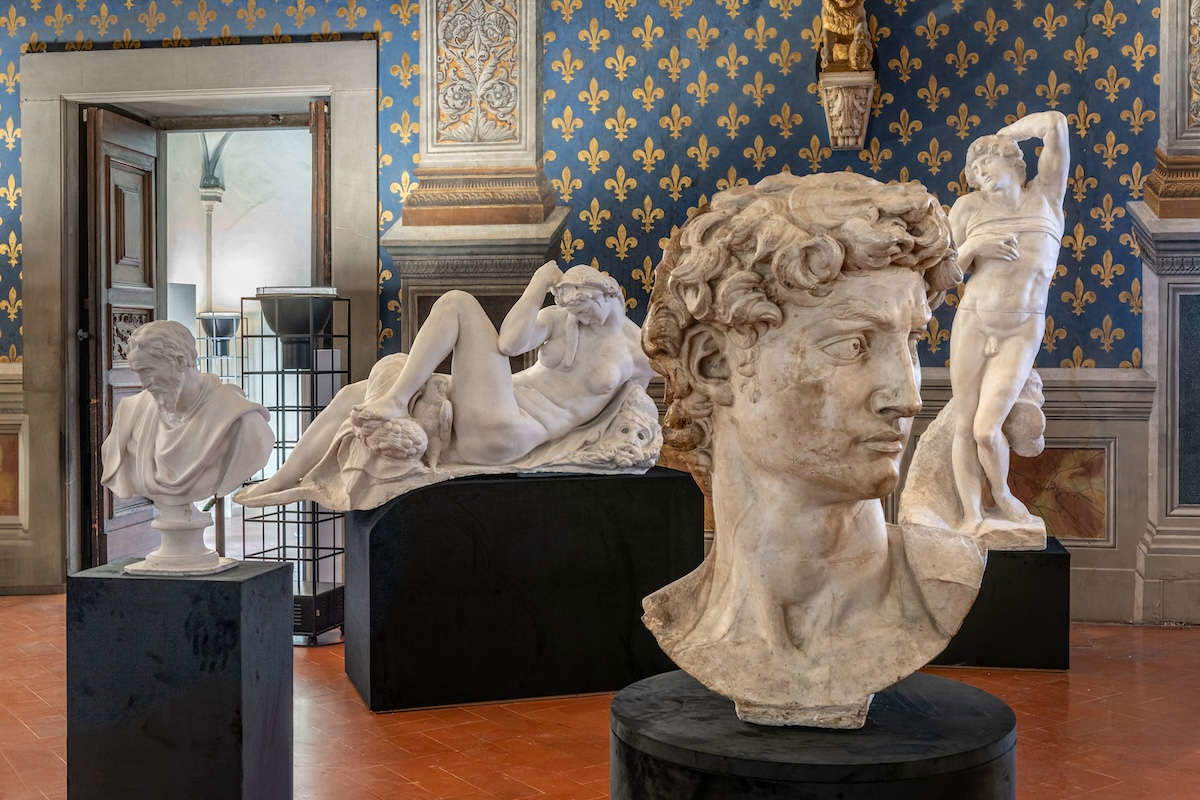
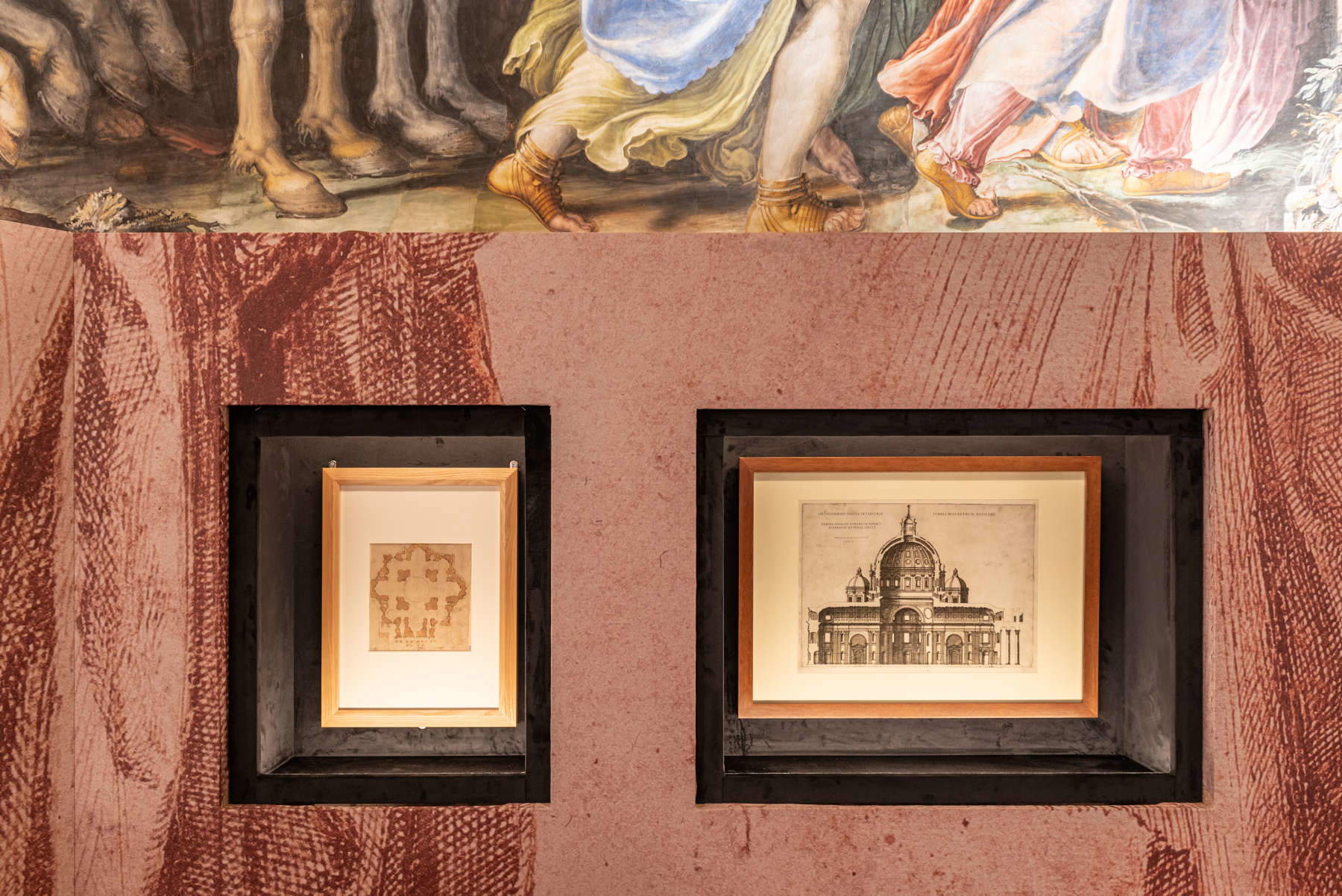
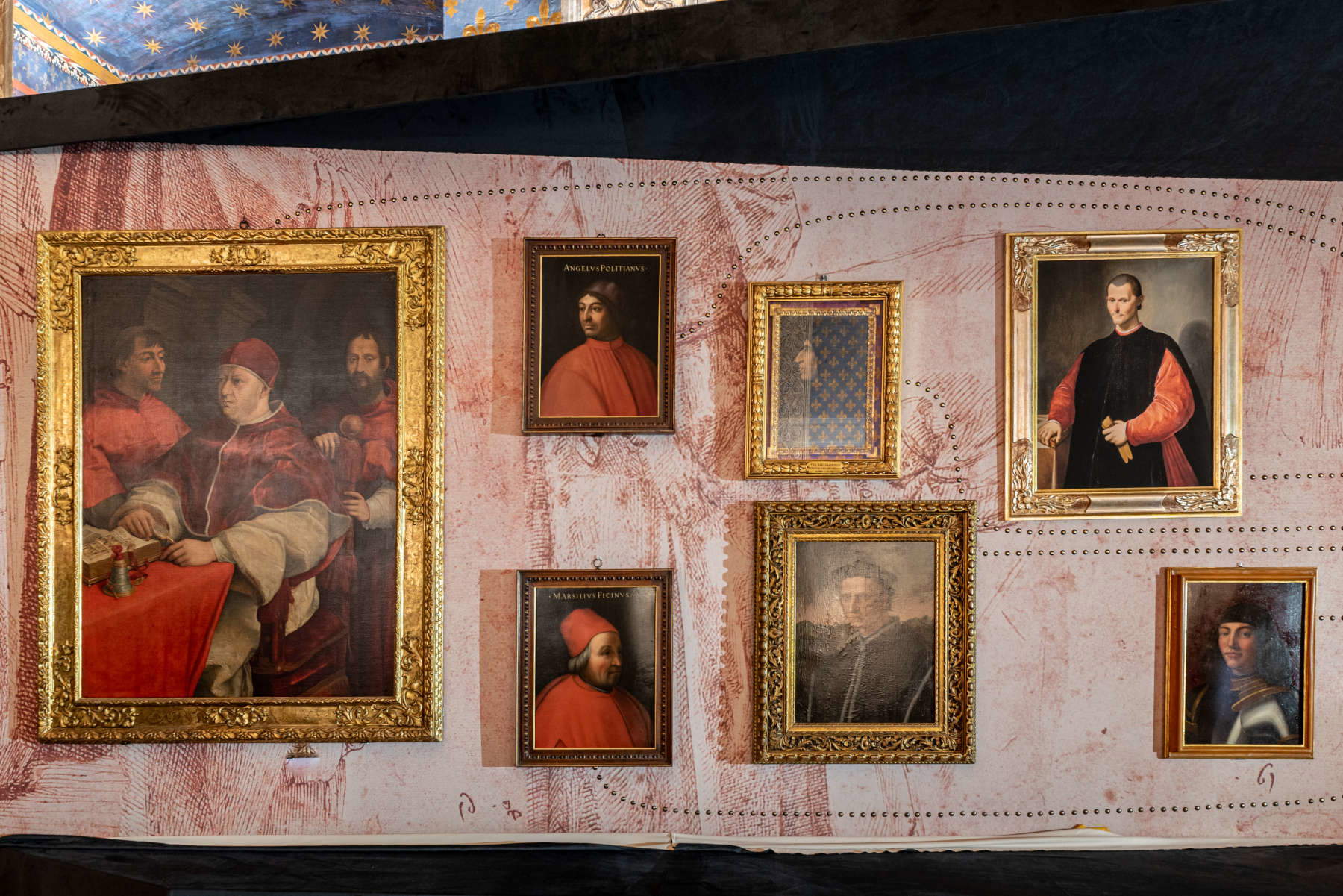
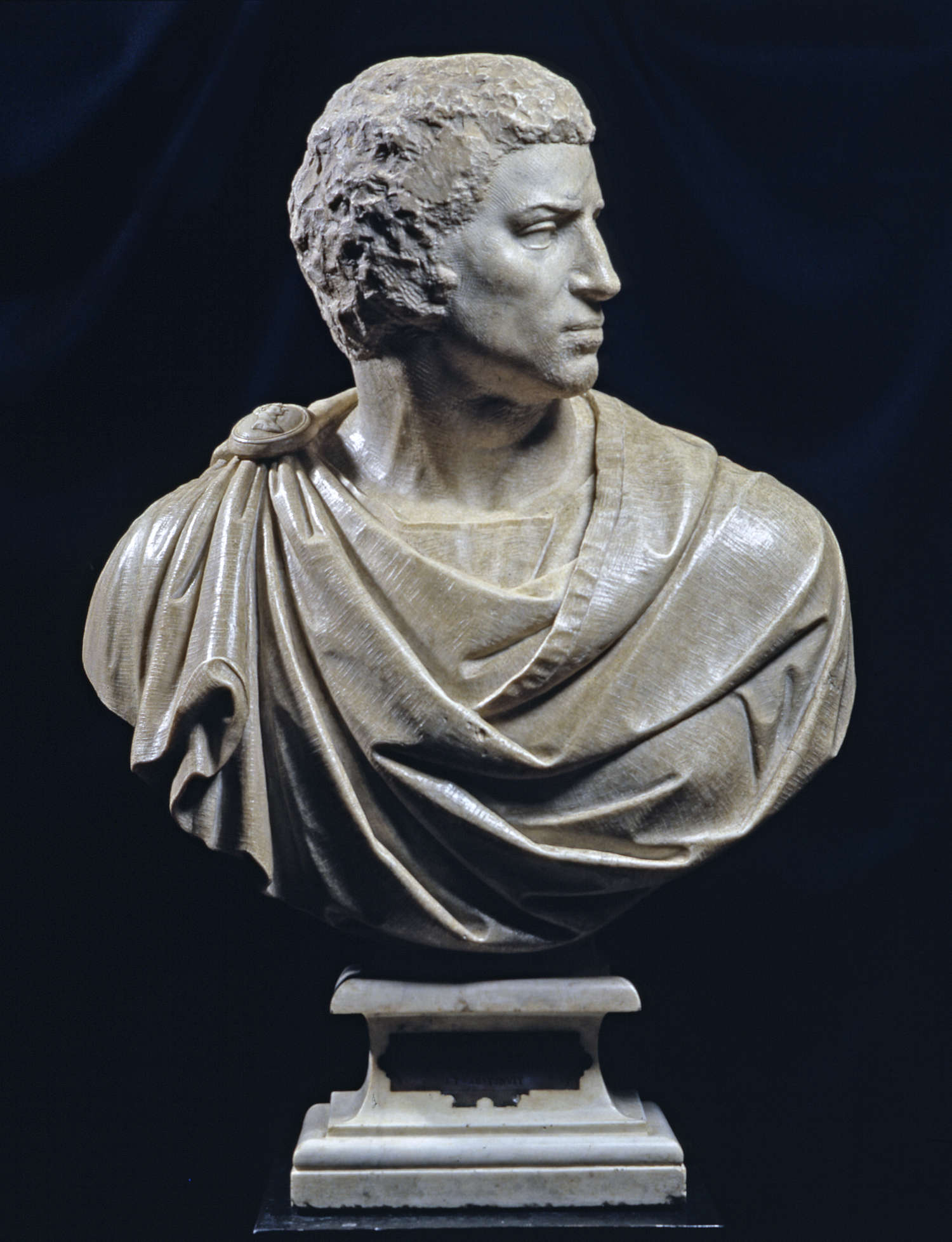
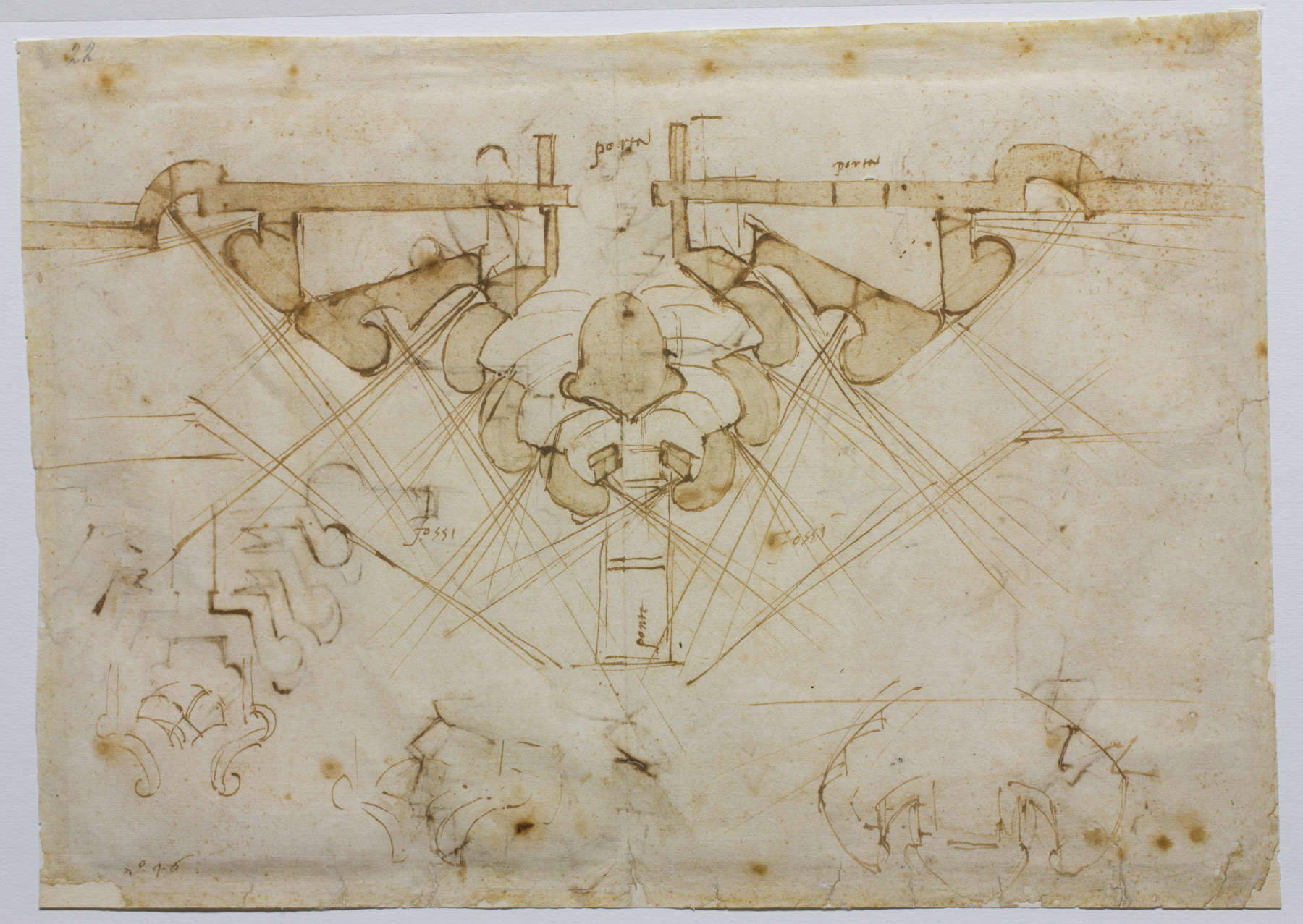
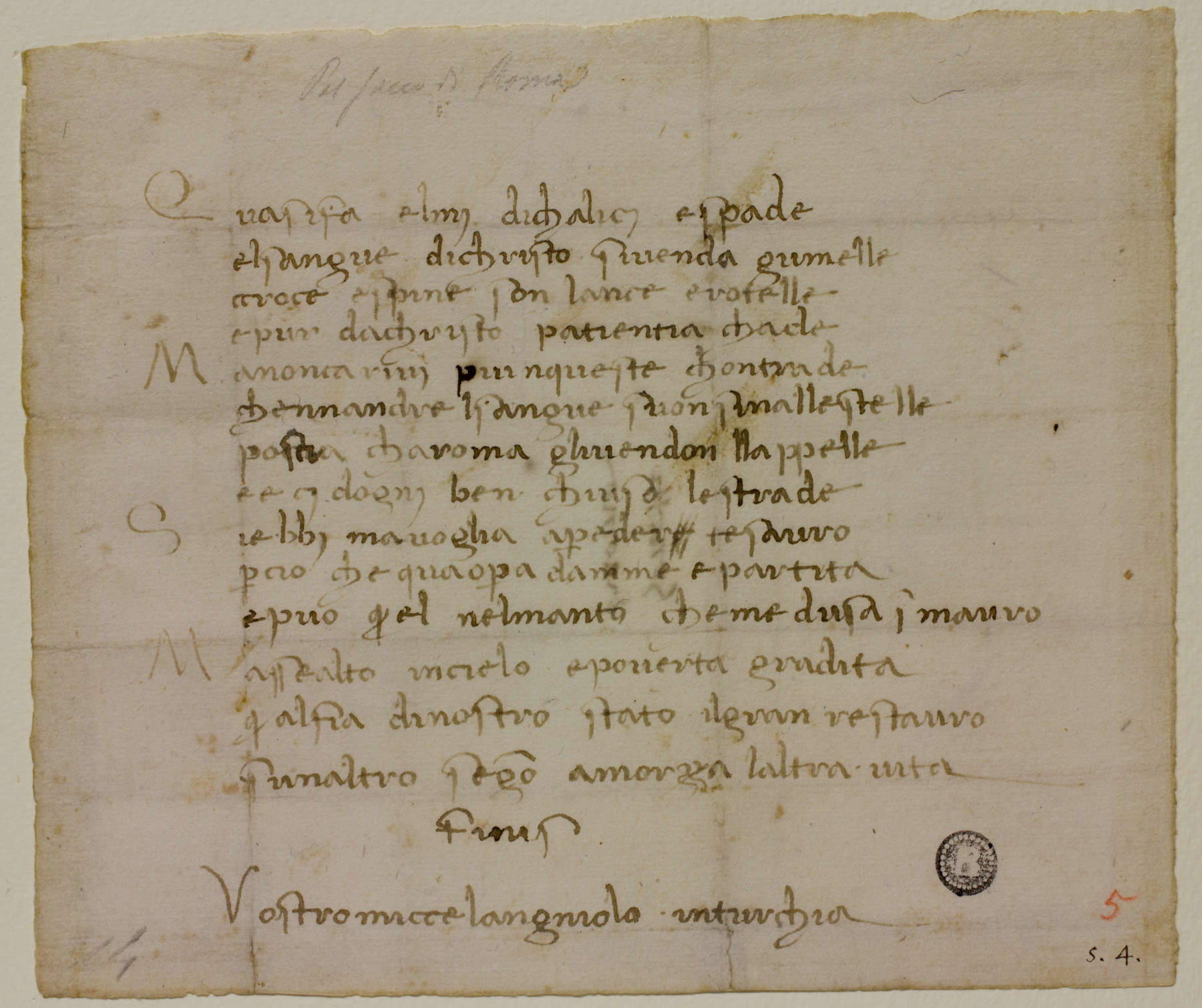

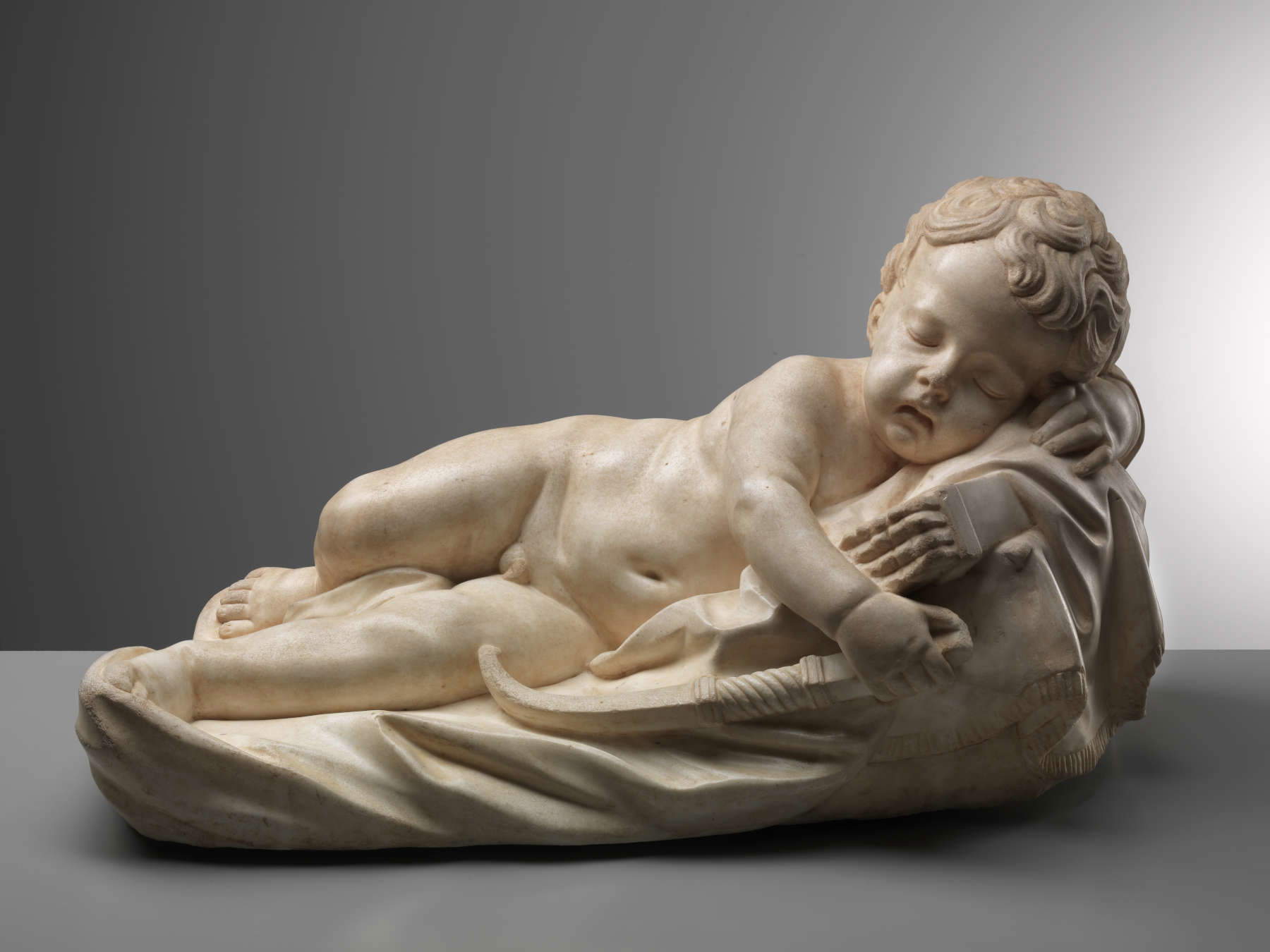
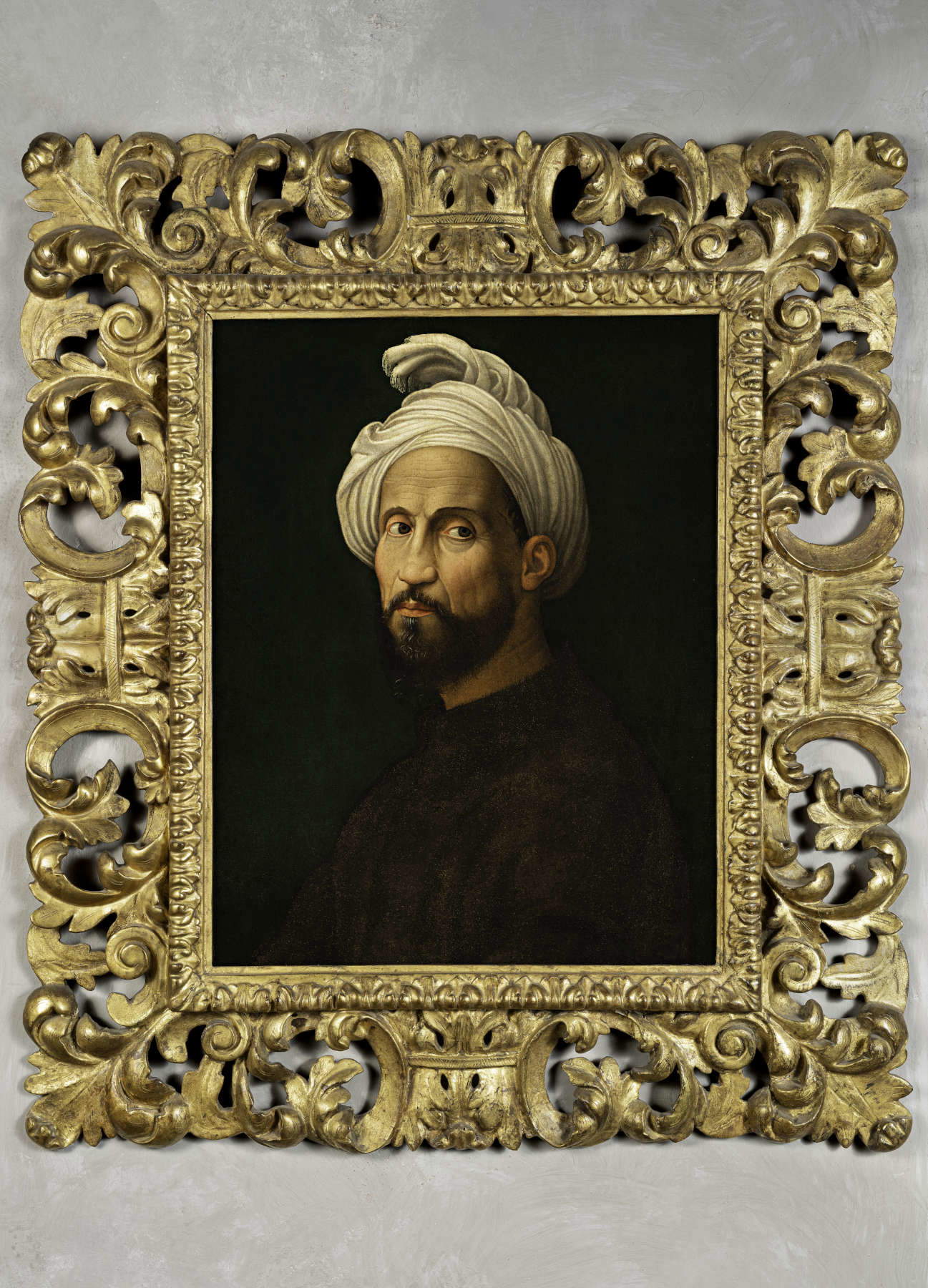
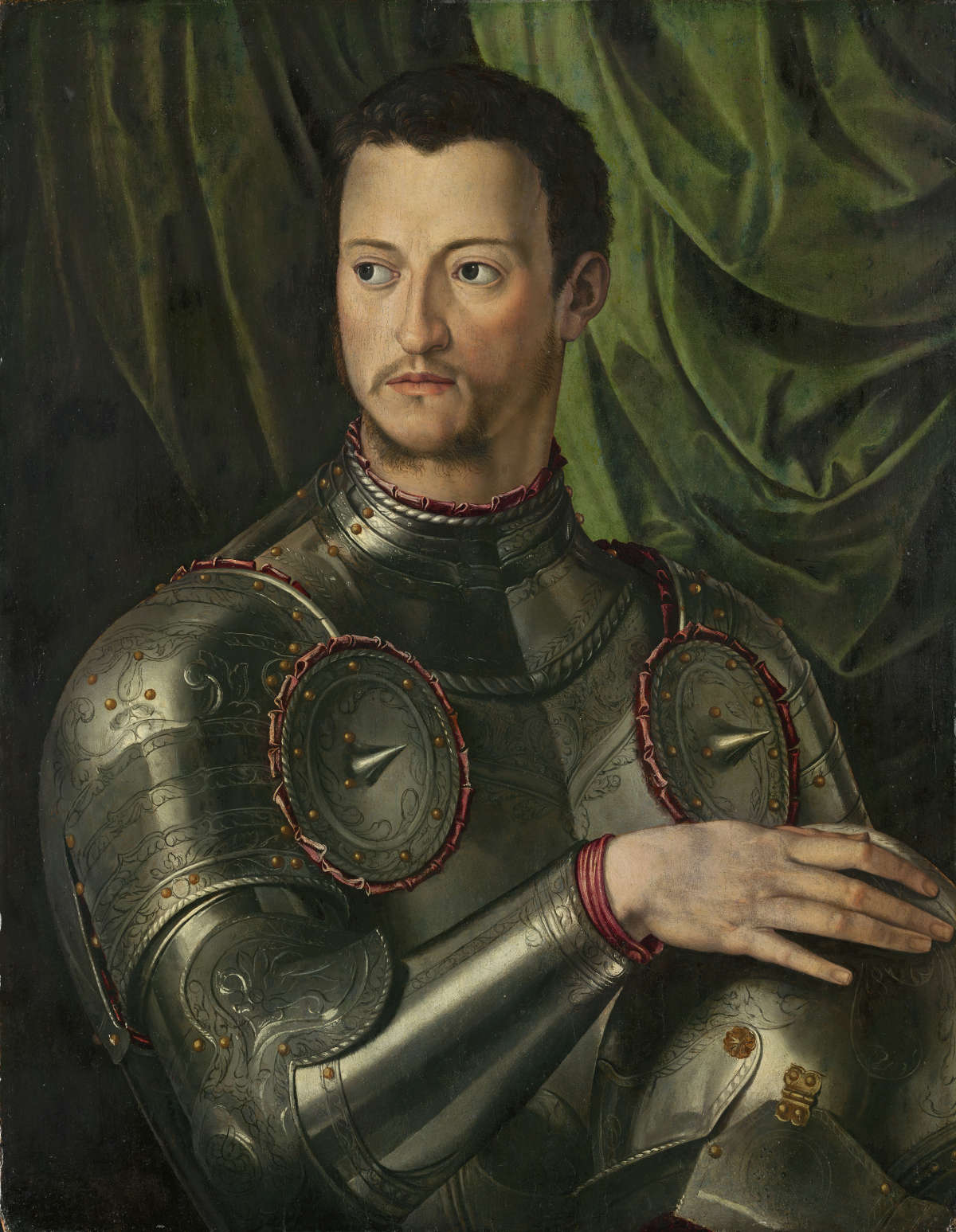
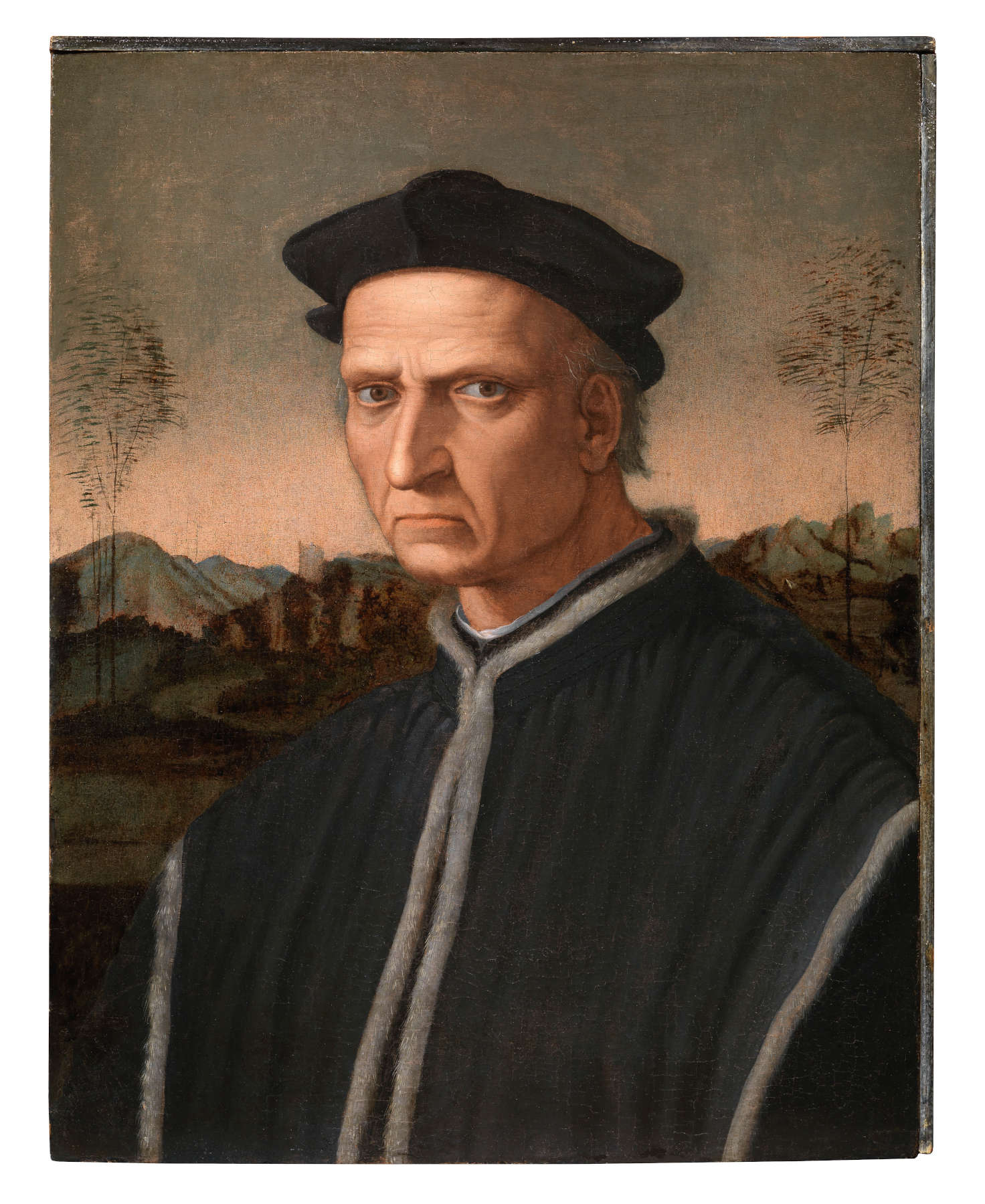
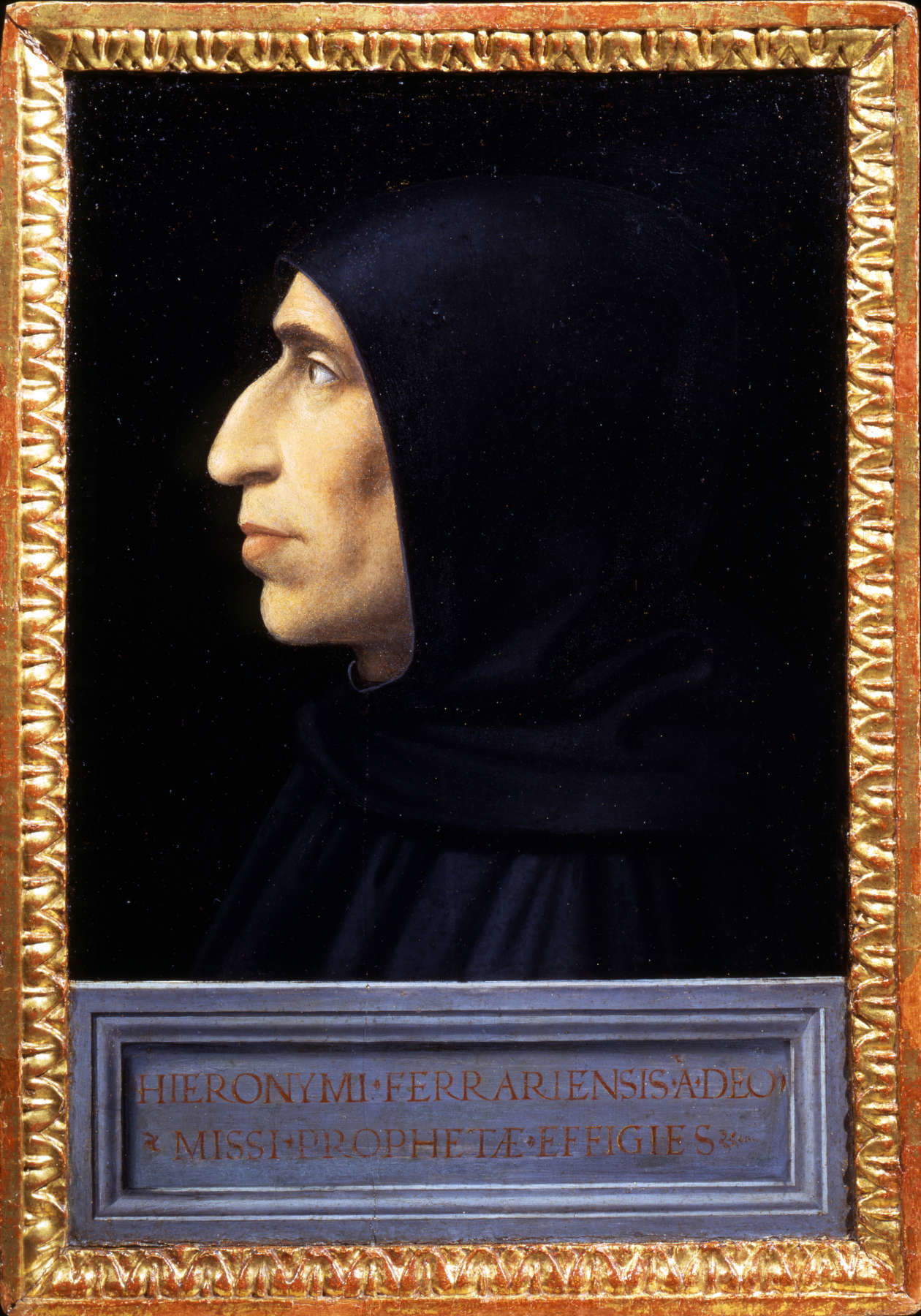
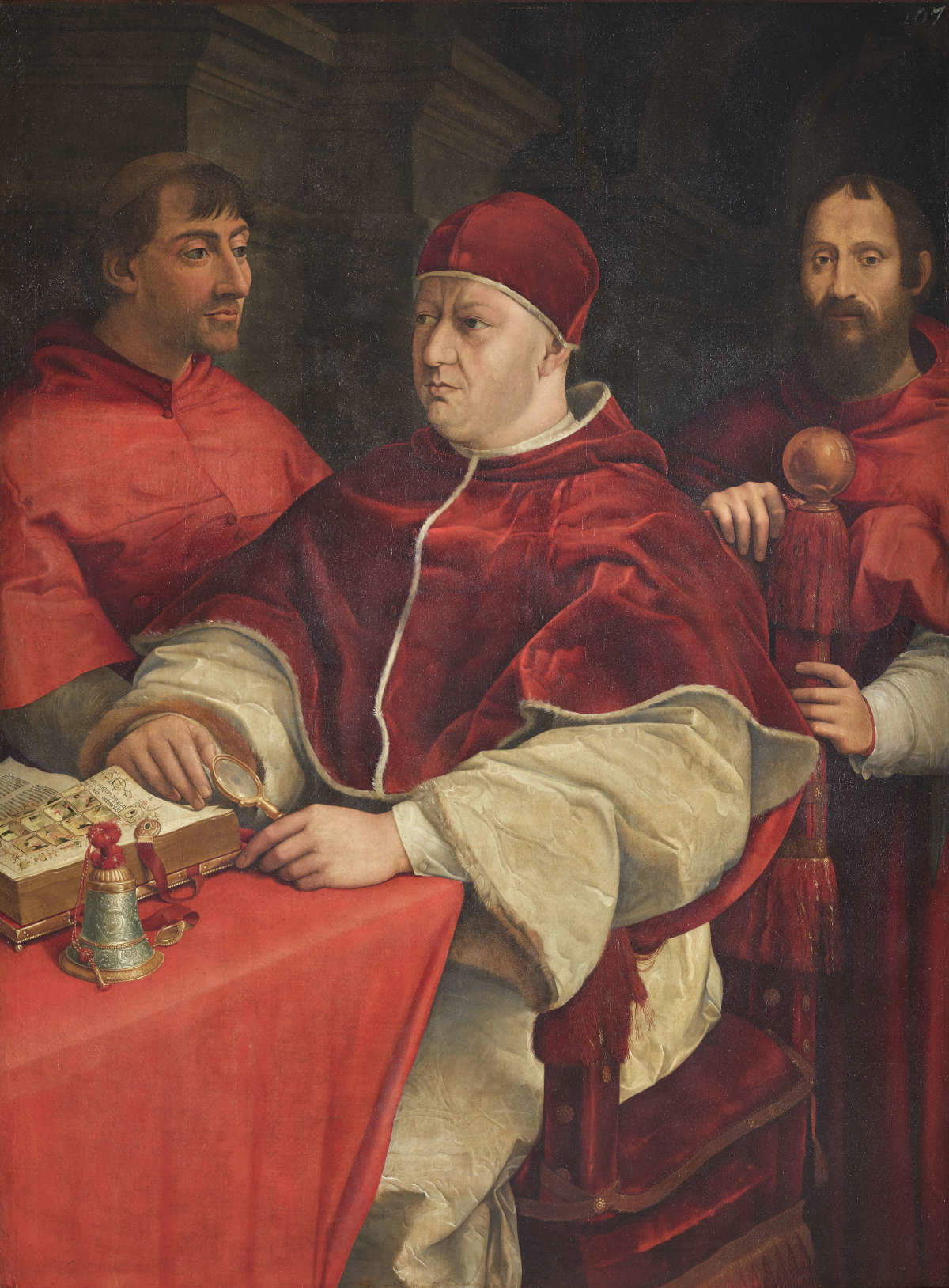
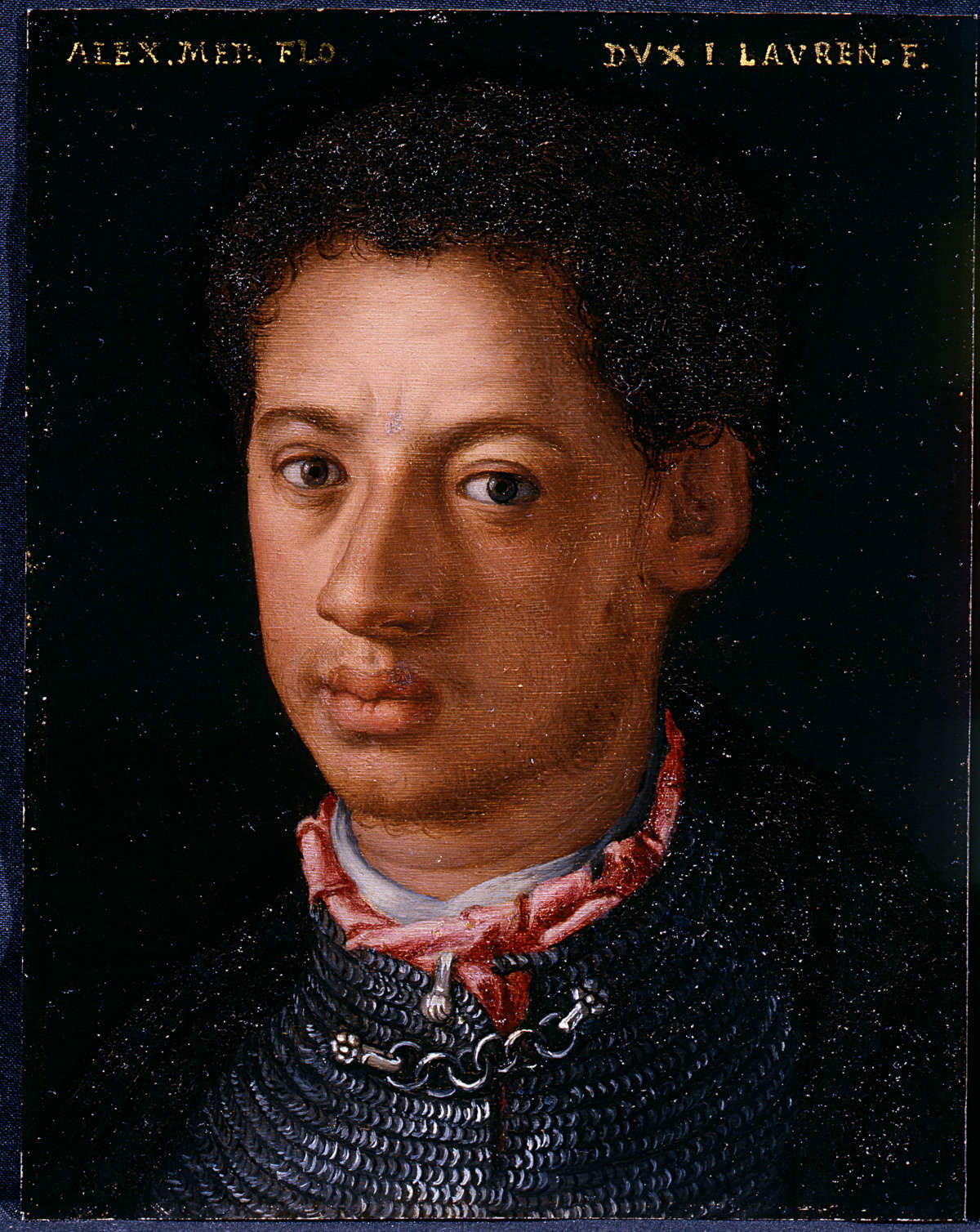
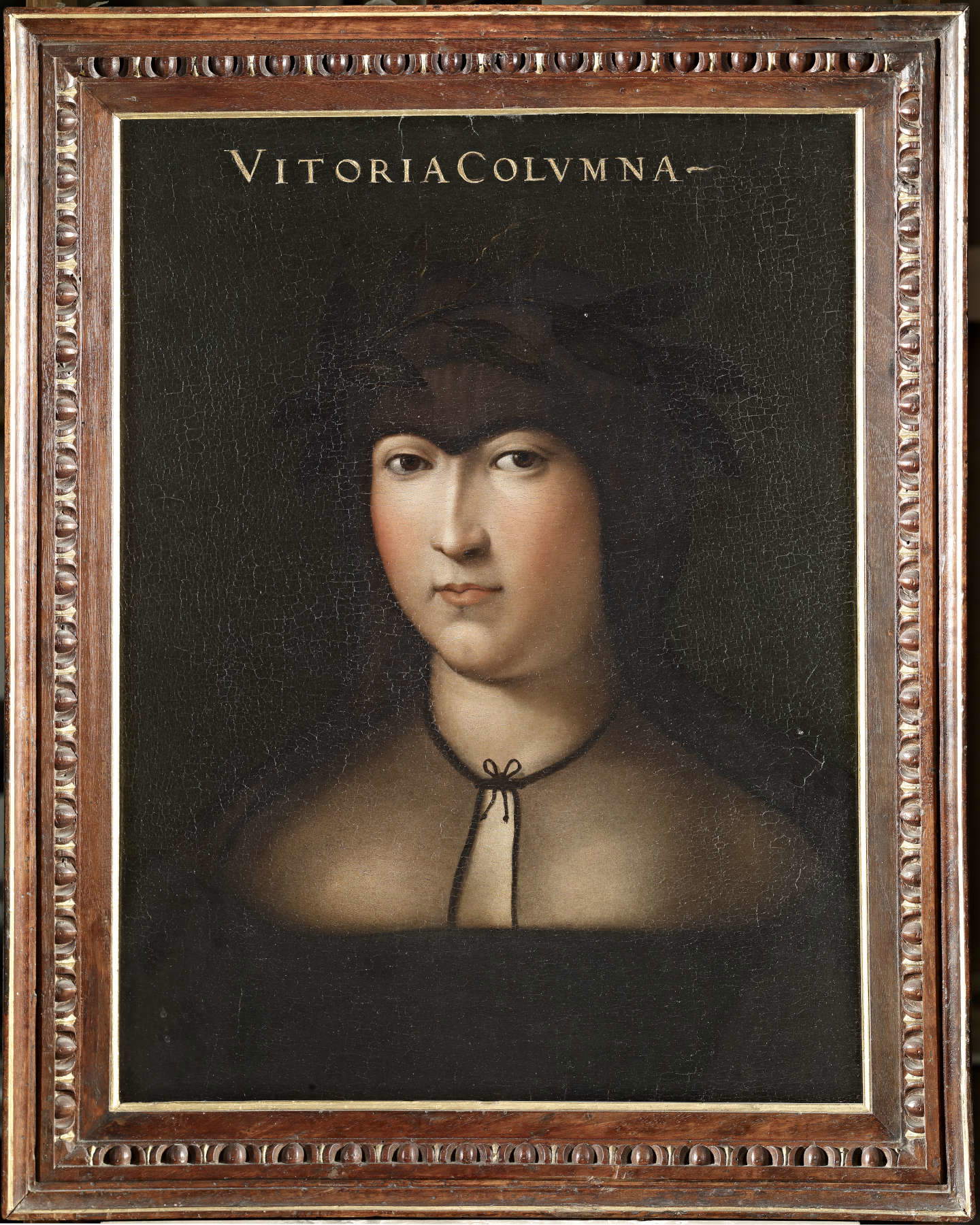
Significant space is devoted to Michelangelo’s links with major architectural and artistic endeavors. Among the works on display are preparatory drawings, studies and projects granted by the Casa Buonarroti Foundation, such as the famous Torso di nudo di spalle, a study for the Battle of Cascina, commissioned by Pier Soderini. Also on view are four drawings of fortifications, made during the period when Michelangelo was engaged in the defense of the Florentine Republic during the siege of the city. This group of works, which also includes designs for the facade of the Basilica of San Lorenzo and the Laurentian Library, illustrates the complex relations between Michelangelo and the Medici popes, Leo X and Clement VII. Another evidence of Michelangelo’s long confrontation with ecclesiastical power is the plan of St. Peter’s Basilica, preserved in the Uffizi. Michelangelo was commissioned to complete the basilica’s massive design beginning in 1546, a task that engaged him for several years, often at odds with as many as four popes, from Paul III to Pius IV.
The exhibition also offers a look at Michelangelo’s lost works, such as the famous Faun and the Sleeping Cupid, told through two never-before-seen marble sculptures attributable to 16th-century artists and from private collections. Also of great fascination is the plaster gallery dedicated to the artist, which features casts of some of his most famous sculptures, such as theAngel holding a candelabra made during his stay in Bologna, the Bacchus commissioned by Cardinal Riario and the reproduction of the Vatican Pietà. Among the works on display, visitors will also be able to admire casts of the famous Slaves, the Bearded and the Dying, the Night of the Medici Chapels, and the monumental head of the David in Piazza Signoria, which reflects the symbol of the defense of the Florentine Republic.
The Michelangelo and Power exhibition is a project of the Museo Novecento for the City of Florence and the Museo di Palazzo Vecchio, made possible through the technical sponsorship of AON - Liberty Specialty Markets and the media partnership of La Nazione. The City of Florence also thanked theAmichae Association and numerous other contributors for their support. At the conclusion of the exhibition, a specialized publication is planned that will further explore the theme of Michelangelo’s relationship with power, offering new perspectives on one of the most influential artists in history.
 |
| Florence, an exhibition at Palazzo Vecchio explores the relationship between Michelangelo and power |
Warning: the translation into English of the original Italian article was created using automatic tools. We undertake to review all articles, but we do not guarantee the total absence of inaccuracies in the translation due to the program. You can find the original by clicking on the ITA button. If you find any mistake,please contact us.